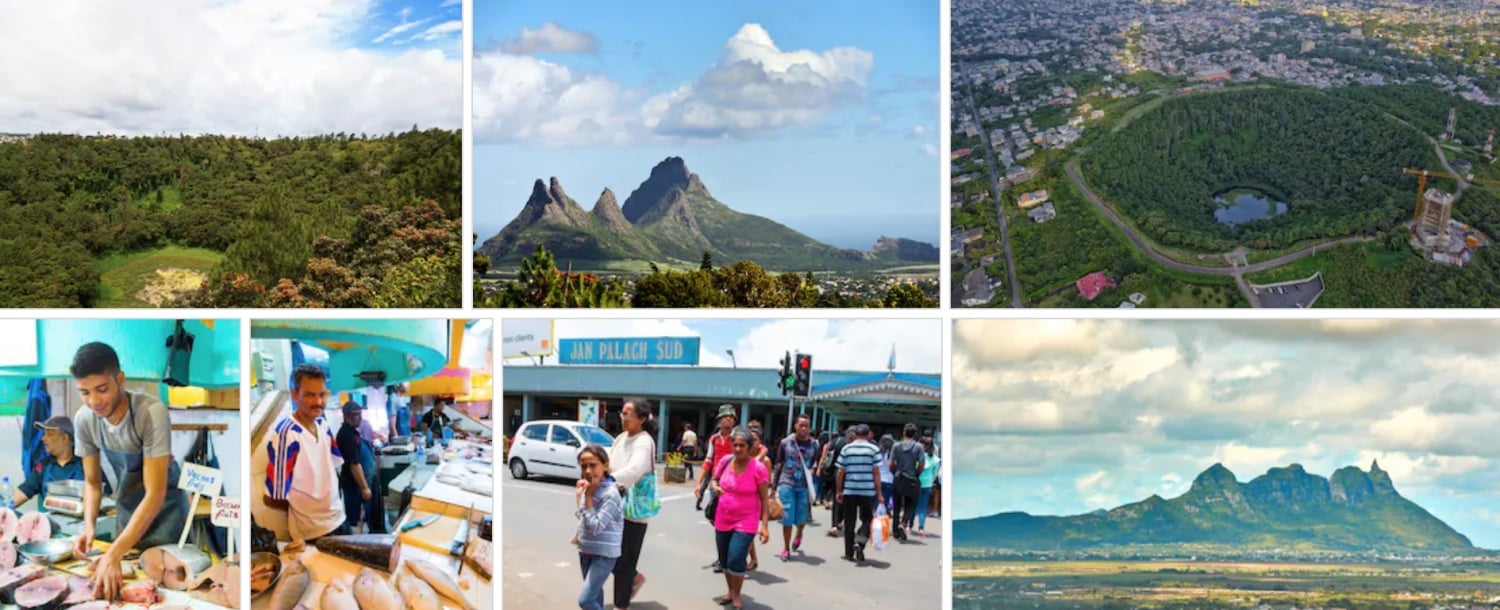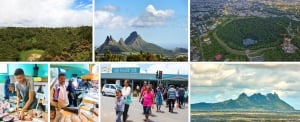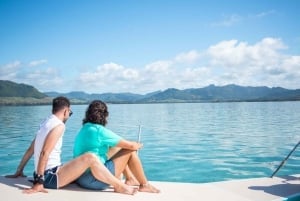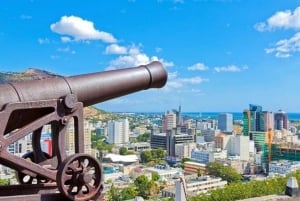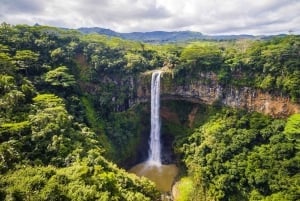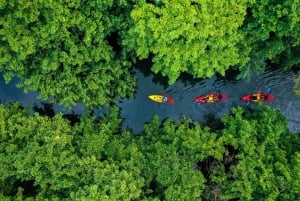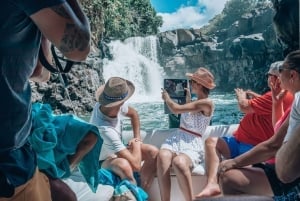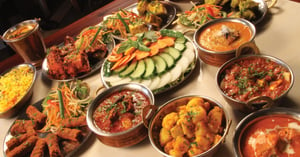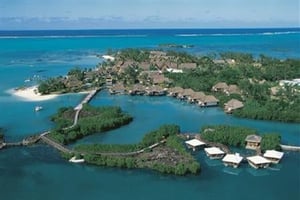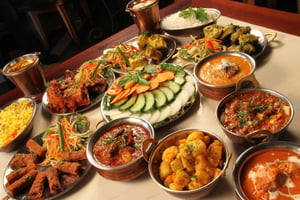The Centre
Here on the central plateau you will find some beautiful forests, lakes, and sugar plantations. The forests are sanctuaries for nearly extinct birds such as the Mauritian kestrel and the pink pigeon.
One-third of the island’s population live in the centre; about 400,000 people, and the towns and villages are bustling and busy.
Towns and Villages
Rose Hill is the most commercial of the towns on the island after Port Louis. It is worth visiting for shopping. It also has a theatre, Le Plaza, which is currently being renovated. The outside area of Le Plaza is a popular place where friends, family members gather especially during weekends to spend some time chatting or having an ice cream. Next door to the theatre is the Max Boulle art gallery.
In Quatre Bornes you can barter for great deals at the market (most commonly known as ‘La Foire’).The market days are Thursdays and Sundays and are definitely worth going to.
Vacoas is best known for the Gymkhana Club. The Mauritius Naval and Military Gymkhana Club was founded during the colonisation of the island by the British to serve as a Service Club for the British officers. In 1976 the Royal Navy handed over the Mauritius Naval and Military Gymkhana Club to the civils. The club now hosts a swimming pool, tennis, restaurant & bar and a golf. Most activities are restricted to members, however non-members can have access to the golf club against a green fee.
A few kilometres away from the town of Vacoas you will find Ganga Talao, which is a natural lake formed inside an extinct volcano. It is a renowned pilgrimage site for Hindus.
Curepipe is the most European of all the towns on the island as it is cooler and wet. There you will find Trou aux Cerfs, the crater of a dormant volcano which is 85 metres deep and 200 metres wide. You will also find many old colonial houses, including the municipal hall in the centre of town.
What to Do
There is plenty to do in the central part of the island to keep you occupied for days. Why not visit the Curepipe Botanical Garden which was created in 1870. It is the second largest botanical garden on the island where you will be able to see a few rare trees with a river flowing through the garden.
The Balfour Garden, which is both a garden and a playground, can be found in the quiet suburbs of Beau Bassin, the sister town to Rose Hill. There are stunning views of a waterfall and the beautiful Moka mountain range.
The nature reserve at Bassin Blanc is worth going to if only for the views of the south and east of the island. As an added bonus you might even get to see some wild monkeys. Remember to bring your camera.
If you like mountain climbing why not try out the Moka mountains. Le Pouce Mountain is 811 metres, while the Pieter Both is 820 metres high. The views are spectacular from both of these mountains and in fact you can almost see the whole island from them.
If you are interested in colonial history, visit the house called Eureka which is at the foot of the Moka mountain range. It will take you back to a different century. It has an amazing 109 doors, a superb veranda, 14 bedrooms, antique furniture, and magnificent gardens.
Also worth looking at is the Chateau de Reduit, which is now the home of the president of Mauritius. It is 250 years old and is set in 200 acres of gardens and waterfalls. However, you probably won’t be able to go inside as it’s only open to the public for two days a year.
In Moka you will find the Folk Museum of Indian Immigration which represents the Indian immigrants who came to Mauritius to work as labourers after the abolition of slavery in 1835. Their culture is showcased through maps, photos, and documents.
Eating Out
It’s so easy to get good food here in the centre of the island. Along all high streets you will find Chinese-Mauritian restaurants and traditional Indian food sold by hawkers can be found everywhere.
As can be seen, the centre of Mauritius is an exciting place to visit. Take some time off from the beach and delve into the history of the island.


